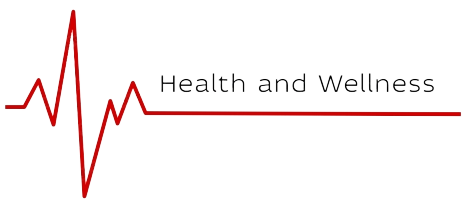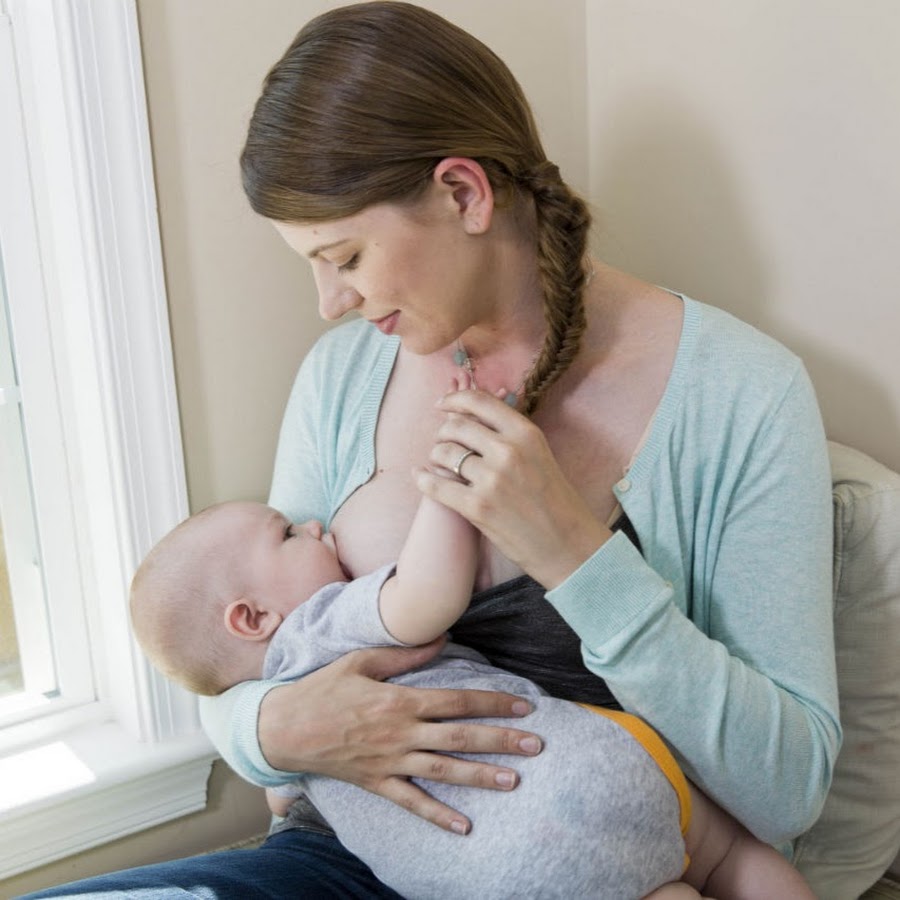We Must Discuss About Suicide Prevention for Midlife Ladies – SheKnows

Content material warning: Suicide
In america, suicide is a severe public well being situation. Based on provisional information from the Facilities for Illness Management and Prevention (CDC), nearly 50,000 Americans died by suicide in 2022. That’s a rise of two.6 % from 2021, and it doesn’t account for the tens of millions of American who severely take into consideration suicide every year.
For about 20 years, the national suicide rate has risen constantly, save for 2019 and 2020, which noticed decreases two years in a row. Sadly, it seems to be like charges at the moment are “on the upward rise again,” Dr. Christine Yu Moutier, Chief Medical Officer on the American Foundation for Suicide Prevention (AFSP), tells Flow. “And if the provisional data for 2022 holds true, then it might be an all-time, 40-year high for our national rate of suicide.”
Most U.S. deaths by suicide happen amongst middle-aged white males, however this isn’t the one affected demographic. Ladies of their 30s, 40s, and 50s additionally expertise comparatively excessive charges of suicide — and in latest a long time, these numbers have skyrocketed. Nevertheless, since they’re much less more likely to die by suicide than their age-matched male friends, their struggles aren’t talked about as a lot. Suicide threat and protecting elements for ladies “aren’t the best-studied topic,” both, notes Moutier.
With America’s loneliness epidemic worsening, and suicide charges poised to achieve file numbers, it’s time to open up this dialogue. Speaking about suicide isn’t only a technique of decreasing stigma. Analysis indicates that these conversations may very well scale back suicidal ideations in at-risk teams.
Stream spoke to a number of mental-health consultants to raised perceive suicidality amongst mid-life ladies. Right here’s all the things you’ll want to know in regards to the distinctive challenges confronted by this under-discussed demographic, in addition to methods for suicide prevention.
What are the nationwide suicide charges for midlife ladies?
Based on CDC information, midlife ladies have decrease charges of loss of life by suicide than their age-matched male friends. Though suicide could appear to be much less of a priority for this demographic, that isn’t essentially true for those who look at year-over-year tendencies. Since 1999, charges have soared, notably amongst white ladies.
From 2010 to 2017, U.S. suicide charges for ladies ages 30 to 49 rose nearly yearly. That seems to have modified lately, notes Moutier. As of 2020, the speed for this demographic is now 7.6 per 100,000 individuals, down from 8.8 at its peak in 2017.
Moutier isn’t shocked given the context of the worldwide COVID-19 pandemic. “In times of crisis, communities are so attuned to getting through it that interestingly, even for people who have suicide risk factors, their rates go down during those periods,” she explains. “But the trouble is oftentimes, there’s a rebound [effect] later on.” As such, Moutier is to see what post-pandemic information will reveal.
Break up the information additional by factoring in race and time ethnicity, and one other story emerges: White ladies ages 30 to 49 are considerably extra more likely to die by suicide than Black and AAPI ladies their age. This has held true constantly, notes Moutier. Though it’s unimaginable to pinpoint a single clarification, she says that cultural variations — together with “norms around connection and community” in Black church buildings, salons, and neighborhoods — might be a protecting issue.
On the flip aspect, LGBTQ+ people expertise elevated charges of suicidal ideation. Queerness itself isn’t linked to an elevated threat of suicide; slightly, it’s “experiences of violence and structural discrimination” that trigger psychological and emotional anguish amongst LGBTQ+ individuals, says Moutier.
Throughout the board, “there was a dip [in deaths by suicide] during COVID, understandably, and now we are seeing it start to climb again,” provides Dr. Tia Dole, Chief 988 Lifeline Officer at Vibrant Emotional Health. “So when people ask me, ‘Who are you worried about?’ — everybody, because I don’t think that there is a single group that’s not having an uptick.”
Are there any distinctive protecting or threat elements for suicide for midlife ladies?
There isn’t any single explanation for suicide; nonetheless, there are a variety of traits that improve an individual’s threat. These risk factors alone can’t predict a suicide try, however they’re nonetheless necessary to acknowledge. Sure underlying mental health circumstances — corresponding to depression, bipolar dysfunction, and substance use problems — are famous suicide threat elements, as is having a household historical past of suicide or a private historical past of trauma or abuse.
Social and interpersonal elements sometimes play a task, too. Dole cites the Surgeon Common’s social connection advisory from Could, which sounded the alarm on America’s “urgent public health issue” of loneliness and isolation. “Research shows that adults are more disconnected than ever from other adults, and not specifically just women,” she explains. “But humans are pack animals. We need other people, and the less time that we spend with people, the lonelier we are.”
For midlife ladies, difficult life circumstances — suppose divorce, job loss, or monetary strife — can take a drastic toll on their psychological well being, which can improve their threat of suicide in some cases. Many dad and mom of kids with disabilities additionally expertise heightened isolation, which can improve their threat, says Dole.
Since many ladies of their 30s and even 40s can get pregnant, postpartum depression (PPD) is one other noteworthy threat issue — and a “very, very potent” one, in accordance with Moutier. “When you look at the life-cycle of women and their mortality, you see this big spike in deaths around the childbearing years. That’s due to suicide and overdoses.”
In suicide-prevention circles, friendships and group connections are mentioned to be highly effective protecting elements. The ways in which ladies are socialized could help them on this regard: Within the U.S., “women do tend to congregate and share and disclose more,” says Moutier. “And vulnerability amongst women is not as taboo as vulnerability amongst men in relationships.”
However PPD and different postpartum psychological well being circumstances are so potent that they’ll override these protecting elements. This underscores the significance of taking a “multi-pronged approach” to suicide prevention, provides Moutier. “There are moments where someone really does require immediate intervention and support and medical treatment.”
These are the overall warning indicators to look out for — and easy methods to handle them
Suicide will not be inevitable for anybody, and consultants view it as a essentially preventable public well being situation. A part of this work includes addressing systemic points inside our nation’s healthcare infrastructure. For the 27.6 million People who don’t have health insurance, it could be unimaginable to entry reasonably priced psychological healthcare. Since suicide is so strongly related to sure psychological diseases, this care could be life-saving.
On a person stage, it behooves us all to know the frequent warning indicators. “Withdrawal is generally your biggest clue,” says Dole. Somebody who’s severely occupied with suicide could self-isolate or act out of character in social settings. Dramatic behavioral modifications, corresponding to recklessness or freely giving your possessions, will also be an indicator.
If you happen to suppose somebody you’re keen on is severely contemplating suicide, what must you do? The reply is easy, says Dole: Discuss to them. Test in with the one you love about what’s happening, and check out your finest to carry area for what they’re feeling. “One of the big reasons why people don’t talk about their suicidal thoughts is that they fear being a burden on the people in their lives,” she explains. By initiating that tough dialog, you ship the alternative message.
“Trust your gut,” provides Moutier, “and use your social-emotional radar.” It’s a well-liked false impression that speaking to a beloved one about suicide will plant the concept of their head. “You don’t have to have training to do this. You just have to be a caring friend or spouse, or whatever your relationship is to this person, to open up a safe and inviting dialogue.”
AFSP gives a useful online guide for beginning a dialog. If you happen to want additional steering, contemplate calling the 988 Suicide & Crisis Lifeline at 988. The Lifeline is a nationwide community of native disaster care facilities that present free, confidential help to individuals experiencing psychological well being crises. It’s out there within the U.S. 24/7 through telephone, textual content, and net chat.
“We get a lot of calls from loved ones,” says Dole. “We don’t give advice, but we can give guidance — ‘Where do you live? Here’s a clinic,’ or ‘Here’s an online resource.’ Even coaching people through talking to their loved one can be incredibly helpful.”
If you happen to or somebody you recognize is susceptible to suicide, name the 988 Suicide & Crisis Lifeline at 988. If you happen to’re a younger LGBTQ individual and want to speak to somebody, name The Trevor Project’s 24-hour disaster hotline for youth at 1-866-488-7386 and/or The Trans Lifeline at 877-565-8860.








